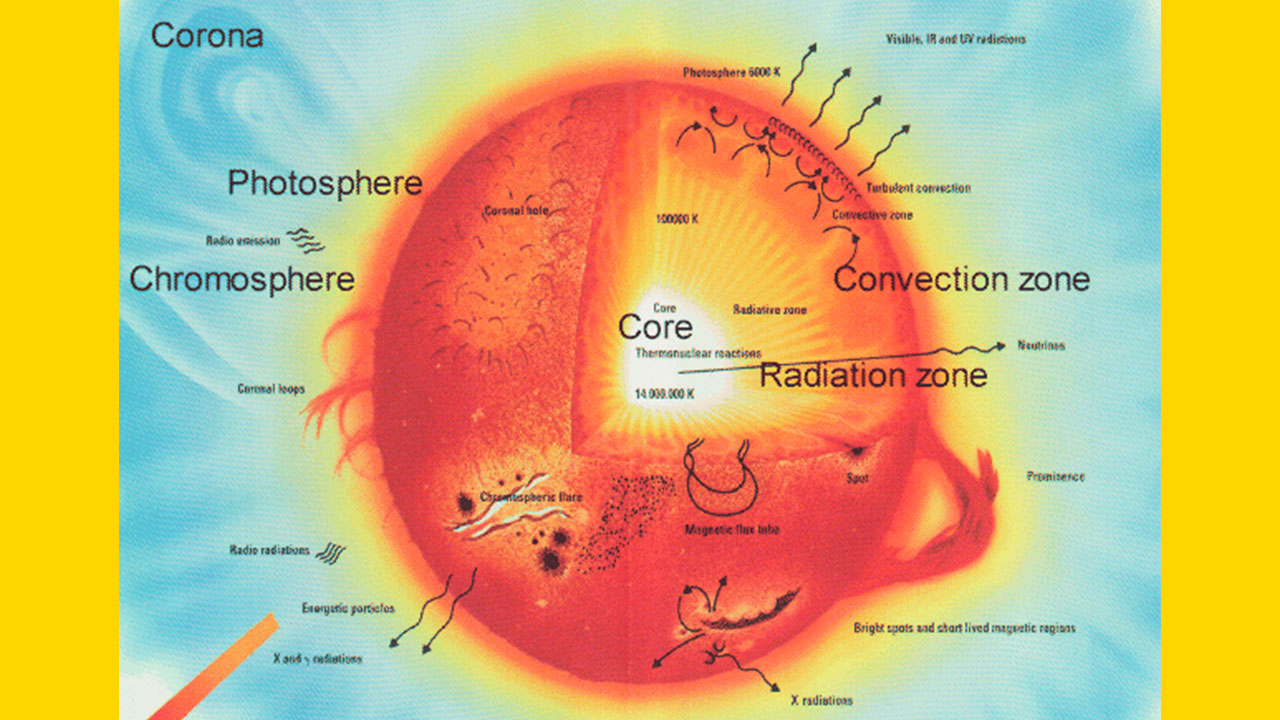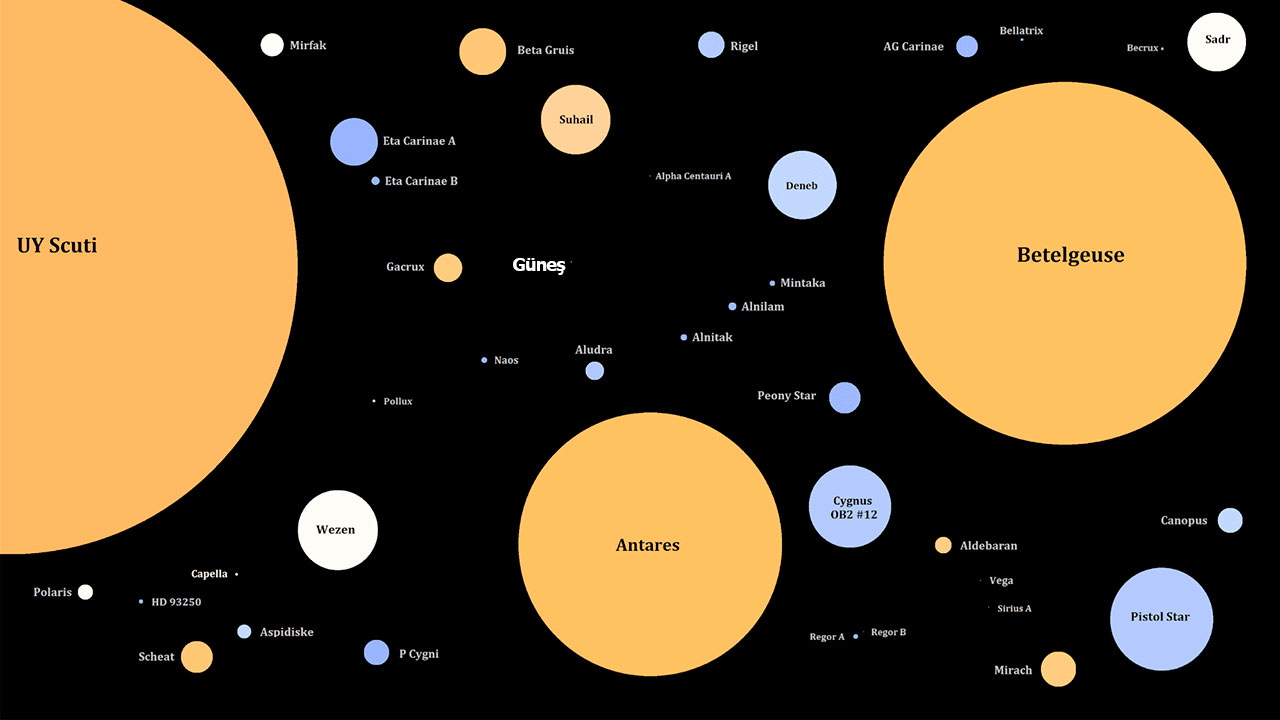When you think of a star, the five-pointed shape that is known to everyone always comes to mind. Are the shapes of the stars that appear like this almost everywhere really like this? Although they look like this with the light they emit, most stars actually have a spherical form. So the star shape is actually quite different from what we draw.
How big is the sun and other stars?
In fact, stars are spheres of gas that radiate heat and light, just like the Sun. For this reason, most of the stars are spherical, just like the Sun. The rays they emit cause us to see stars with 5 or more points.
We can characterize a star as a slowly rotating giant cloud composed almost entirely of hydrogen and helium in the beginning. Due to the gravity it creates, the cloud begins to collapse inward and begins to spin faster and faster, getting smaller. In this process, the outer parts become a disk, while the innermost parts become a roughly globular cluster.
The inward collapsed material becomes hotter and denser, forming a ball-shaped protostar. When the temperature in the protostar reaches about 1 million degrees Celsius, the normally repulsive atomic nuclei begin to fuse and the star ignites. After that, the fusion reactions that take place in the star release a great amount of energy.

A star generally consists of a core, radiation zone, convection zone, and the surrounding photosphere or sphere of light. Despite being gaseous, the size of a star is also calculated by measuring these regions.
The closest of these stars to us is the Sun. The diameter of the Sun, which is 93 million kilometers away from us, is about 1 million kilometers. But by comparison, there are also stars much larger than the Sun. Astronomers often express the size of these massive stars by comparing them to the Sun.

Stars range in size from neutron stars, which can be only 20 kilometers wide, to supergiants roughly 1,000 times the diameter of the sun. The largest known star is UY Scuti. This giant, whose diameter is 1,700 larger than the diameter of the Sun, is located 9,500 light-years from us.
When we think in this way, we understand more clearly that we occupy a very small place in the universe. So what do you think about the shape and size of stars? You can share your views with us in the comments section.

